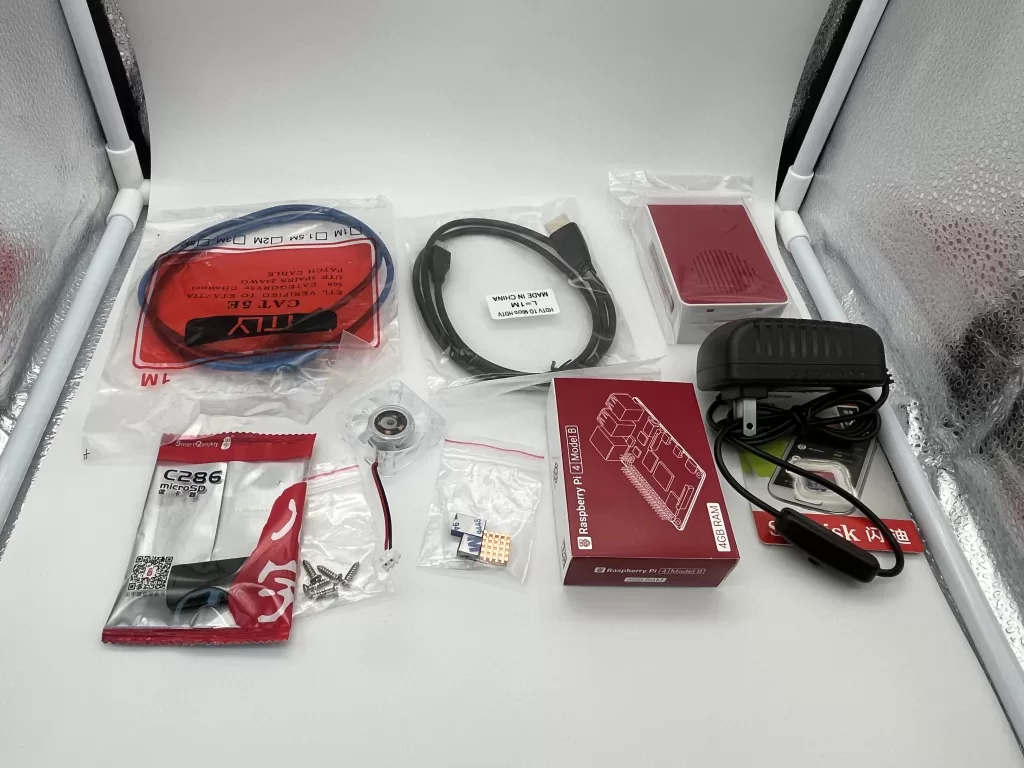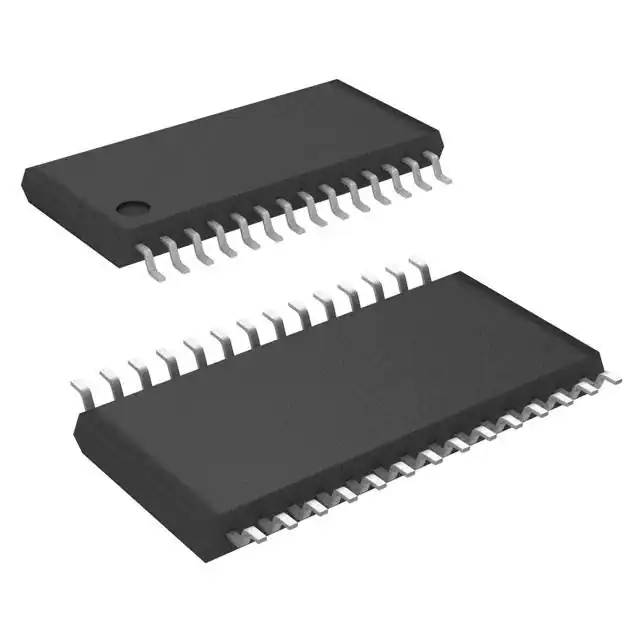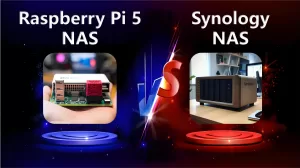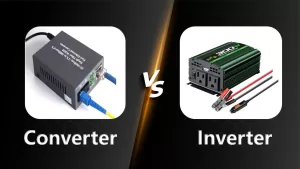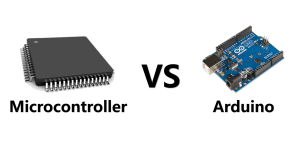In this blog, the concepts, types, and working principles of BIOS will be explored to foster the understanding of BIOS.
View detailsWhat is An Optical Isolator?
In this blog, we will briefly talk about the basics of optical isolators.
What is An Optical Isolator?
An optical isolator, also known as an optical diode or a Faraday isolator, is a passive optical component that allows light to pass through in only one direction while blocking it in the opposite direction. This unidirectional transmission of light is achieved by exploiting the magneto-optic effect, which involves the rotation of the polarization plane of light in the presence of a magnetic field.
The basic structure of an optical isolator typically consists of a polarizer, a Faraday rotator, and an analyzer. The polarizer allows the light of a specific polarization to pass through, while the Faraday rotator, which is a material with a high Verdet constant, rotates the polarization plane of the light by 45 degrees in the presence of a magnetic field. Finally, the analyzer, which is another polarizer oriented at 45 degrees to the input polarizer, only allows light with the rotated polarization to pass through, effectively blocking light traveling in the opposite direction.
Optical isolators are crucial components in optical systems to prevent unwanted reflections and backscattering of light, which can destabilize lasers, degrade signal quality, and cause other detrimental effects. They are commonly used in laser systems, fiber optic communication networks, and various optical instrumentation setups to ensure the integrity and stability of the optical signals.
In summary, optical isolators play a vital role in controlling the direction of light transmission in optical systems, thereby minimizing signal degradation and maintaining the overall performance and reliability of the system. Their ability to effectively block light in one direction while allowing it to pass in the other direction makes them indispensable components in a wide range of optical applications.

Optical Isolator Symbol

How Optical Isolator Works?
An optical isolator operates based on the principles of the Faraday effect, a magneto-optical phenomenon in which the polarization plane of light is rotated when it passes through certain materials in the presence of a magnetic field. This effect forms the basis for the unidirectional light transmission in an optical isolator.
The key components of an optical isolator include a polarizer, a Faraday rotator, and an analyzer. The polarizer allows the light of a specific polarization to pass through, while the Faraday rotator, typically made of a material with a high Verdet constant such as a crystal or a glass, induces a 45-degree rotation of the polarization plane of the light when a magnetic field is applied. Finally, the analyzer, which is another polarizer oriented at 45 degrees to the input polarizer, only allows light with the rotated polarization to pass through, effectively blocking light traveling in the opposite direction.
When light enters the optical isolator, it first encounters the polarizer, which only allows light of a specific polarization to pass through. The light then enters the Faraday rotator, where the magnetic field induces a 45-degree rotation of the polarization plane. As a result, the light now has a polarization that can pass through the analyzer. However, when light attempts to travel in the opposite direction, it encounters the analyzer first, which blocks its passage due to the mismatch in polarization orientation, effectively preventing any backward transmission.
This unidirectional transmission property of the optical isolator is crucial in various optical systems to prevent unwanted reflections, backscattering, and feedback that can destabilize lasers, degrade signal quality, and cause other detrimental effects. By allowing light to pass through in only one direction while blocking it in the opposite direction, optical isolators help maintain the integrity and stability of optical signals in a wide range of applications, including laser systems, fiber optic communication networks, and optical instrumentation setups.
Optical Isolator vs Circular Polarizer
A circular polarizer is a type of optical filter that is commonly used in photography, LCDs, and various optical instruments. It is designed to selectively filter light based on its polarization orientation, allowing certain polarizations to pass through while blocking others.
| Feature | Optical Isolator | Circular Polarizer |
| Function | Allows light to pass in one direction, blocks in the opposite direction | Filters light based on its polarization orientation |
| Operating Principle | It relies on the Faraday effect for unidirectional transmission | Utilizes the selective absorption of light based on its polarization state |
| Application | Commonly used in laser systems, fiber optics, and optical communication | Widely used in photography, LCDs, and optical instruments |
| Polarization Control | Controls the direction of light transmission | Filters light based on its polarization state |
What does An Optical Isolator do?
An optical isolator serves the crucial function of allowing light to pass through in only one direction while blocking it in the opposite direction. This unidirectional transmission of light is achieved through the utilization of the Faraday effect, a magneto-optical phenomenon in which the polarization plane of light is rotated when it passes through certain materials in the presence of a magnetic field.
In practical applications, optical isolators are essential components in optical systems to prevent unwanted reflections, backscattering, and feedback that can destabilize lasers, degrade signal quality, and cause other detrimental effects. They are commonly employed in laser systems, fiber optic communication networks, and various optical instrumentation setups to ensure the integrity and stability of the optical signals.
Optical isolators play a critical role in maintaining the performance and reliability of optical systems by enabling the unimpeded transmission of light in one direction while effectively blocking it in the opposite direction. Their ability to mitigate the impact of reflections and backscattering contributes to the stability and functionality of lasers, optical communication networks, and other optical instruments, making them indispensable components in a wide range of applications.
Becky
Becky is a technical writer who are interested in writing some professional and original articles. She spent some time working in some electronic sector, but her main area of interest is the use of AI in edge computing. The rest of the time, she write or program about technology-related articles pertaining to the Internet of Things, GPU computing, LoraWAN, PCB, Machine Learning, Precision Agriculture, Open Electronics, and similar areas.
WEW ALL POSTS BYBecky-
What is BIOS (Basic Input/Output System)? 530
-
Raspberry Pi 5 NAS vs Synology NAS for Photo Storage and Backup 562
In this blog, we aim to provide an in-depth comparison of Raspberry Pi 5 NAS and Synology NAS, delving into the key aspects of each system, includi...
View details -
Examining the Main Differences Between a Converter and an Inverter 204
In this blog, we will delve into the functionalities, applications, and key differences between converters and inverters.
View details -
How do a Microcontroller and an Arduino vary from one another? 469
In this blog, the differences between microcontrollers and Arduinos will be covered. We will also go through the uses for Microcontrollers and Ardu...
View details -
Decoding the LAN Connector: What You Should Know 301
The commonplace LAN connector is essential to the networking and connectivity space because it allows devices to communicate with each other. The u...
View details -
Programmable Logic Devices(PLDs) Basics: Types, Applications and Examples 877
PLDs are electronic components that can be programmed to carry out a range of digital logic operations. They have a wide range of uses, including i...
View details
 Ampheo Electronics
Ampheo Electronics